When evaluating the latest Garmin Fenix 8 series, one might initially overlook the improvements in overall battery life in smartwatch mode. Compared to its predecessors of similar size, the Fenix 8 series doesn’t show significant enhancements in this area. However, where these latest models truly stand out is in their GPS/GNSS efficiency—particularly in multi-band GNSS mode, which offers the most accurate positioning.
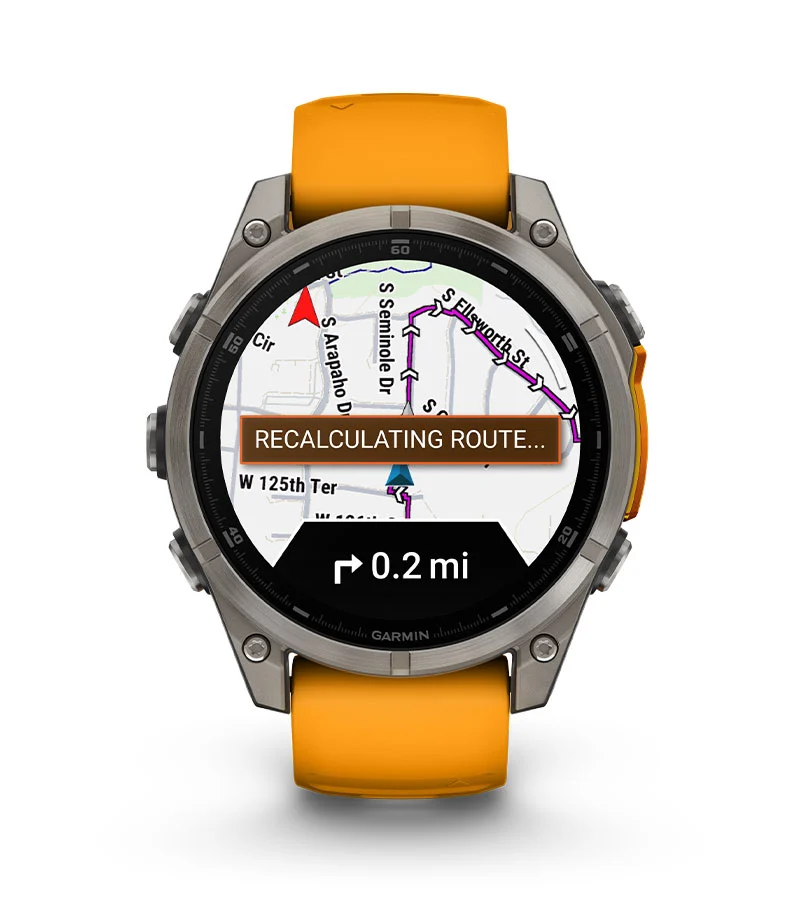
What is GNSS?
GNSS (Global Navigation Satellite System) includes all satellite navigation systems, such as GPS, GLONASS, Galileo, and BeiDou. While “GPS” is often used as a blanket term, GNSS covers a broader range of satellites, offering better coverage and more precise positioning. To further improve position, Garmin’s latest watches use Multi-band which uses multiple layers (L1 and L5) of these satellites, which gives the most accurate positioning, especially in challenging environments like cities with tall buildings and under tree coverage. For a full explanation of GNSS on your watch, see this guide.
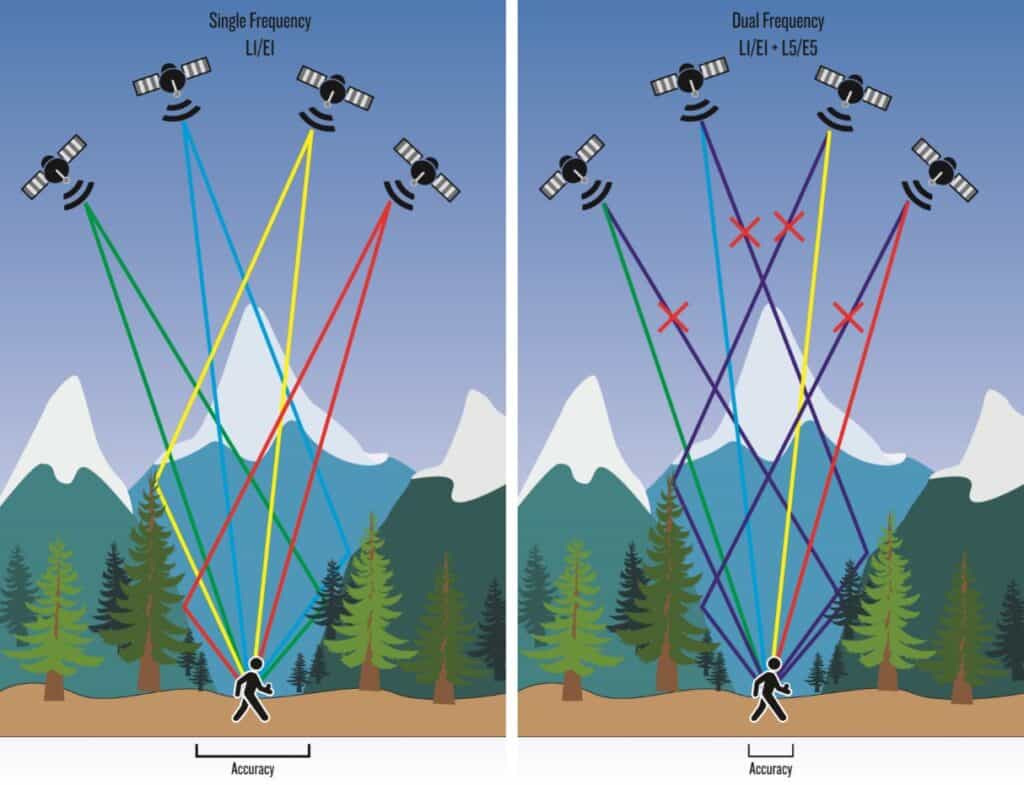
Photo courtesy of Garmin
The Fenix 8 series particularly excels with “All Satellite + Multi-band” functionality turned on where Garmin has significantly improved the battery efficiency in this power-hungry mode, which is crucial for athletes who want precise location/pacing data and long battery life. Let’s dive into the data to see just how much of an improvement the Fenix 8 offers over its predecessors.
Bezel Size (42mm/43mm)
| Model | All Satellite + Multi-band (hrs) | Percentage Increase |
|---|---|---|
| Old: Epix Pro (Gen 2) – Sapphire Edition (42 mm) | Up to 13 hours (10 hours with AOD) | – |
| Old: Fenix 7S Pro – Sapphire Solar Edition | Up to 15 hours (16 hours with solar) | – |
| New: Fenix 8 – 43 mm, AMOLED | Up to 21 hours (16 hours with AOD) | 61.5% (60% with AOD) |
Improvement: The Fenix 8 model with a 43mm bezel shows a significant improvement in battery life compared to the Epix Pro Gen 2 with a 42mm bezel, gaining 8 additional hours (6 hours with AOD) in “All Satellite + Multi-band” mode, which is a 61.5% (60% with AOD) increase. The Fenix 8 model also improves over the Fenix 7S Pro Sapphire Solar Edition by 6 additional hours.
Bezel Size (47mm)
| Model | All Satellite + Multi-band (hrs) | Percentage Increase |
|---|---|---|
| Old: Epix Pro (Gen 2) – Sapphire Edition (47 mm) | Up to 20 hours (15 hours with AOD) | – |
| Old: Fenix 7 Pro – Sapphire Solar Edition (47 mm) | Up to 23 hours (26 hours with solar) | – |
| New: Fenix 8 – 47 mm, AMOLED | Up to 35 hours (28 hours with AOD) | 75% (86.7% with AOD) |
| New: Fenix 8 – 47 mm, Solar | Up to 37 hours (43 hours with solar) | 60.9% (65.4% with solar) |
Improvement: The Fenix 8 models with a 47mm bezel offer significant improvements. The Fenix 8 AMOLED model provides 15 more hours (13 more with AOD) compared to the Epix Pro Gen 2, a 75% (86.7% with AOD) increase. Compared to the Fenix 7 Pro Solar Edition, the Fenix 8 Solar model offers 14 more hours (17 more with solar), a 60.9% (65.4% with solar) increase.
Bezel Size (51mm)
| Model | All Satellite + Multi-band (hrs) | Percentage Increase |
|---|---|---|
| Old: Epix Pro (Gen 2) – Sapphire Edition (51 mm) | Up to 38 hours (30 hours with AOD) | – |
| Old: Fenix 7X Pro – Sapphire Solar Edition | Up to 36 hours (41 hours with solar) | – |
| New: Fenix 8 – 51 mm, AMOLED | Up to 62 hours (49 hours with AOD) | 63.2% (63.3% with AOD) |
| New: Fenix 8 – 51 mm, Solar | Up to 52 hours (65 hours with solar) | 44.4% (58.5% with solar) |
Improvement: The Fenix 8 51mm models also show notable improvements. The Fenix 8 AMOLED version offers 24 more hours (19 more with AOD) compared to the Epix Pro Gen 2, a 63.2% (63.3% with AOD) increase. The Fenix 8 Solar version provides 14 additional hours (24 more with solar) compared to the Fenix 7X Pro Sapphire Solar Edition, which is a 44.4% (58.5% with solar) increase.
Summary
The Fenix 8 series shows significant GNSS battery life improvements over the previous generation across all bezel sizes. The 43mm, 47mm, and 51mm models each gain additional hours of battery life, both with and without Always-On Display (AOD), ranging from 8 to 24 hours depending on the model. Despite the new UI, dive features, and voice capabilities not appealing to everyone, especially for $1000+ price tag, the substantial battery related upgrades make the Fenix 8 a major upgrade for athletes, particularly those focused on endurance.

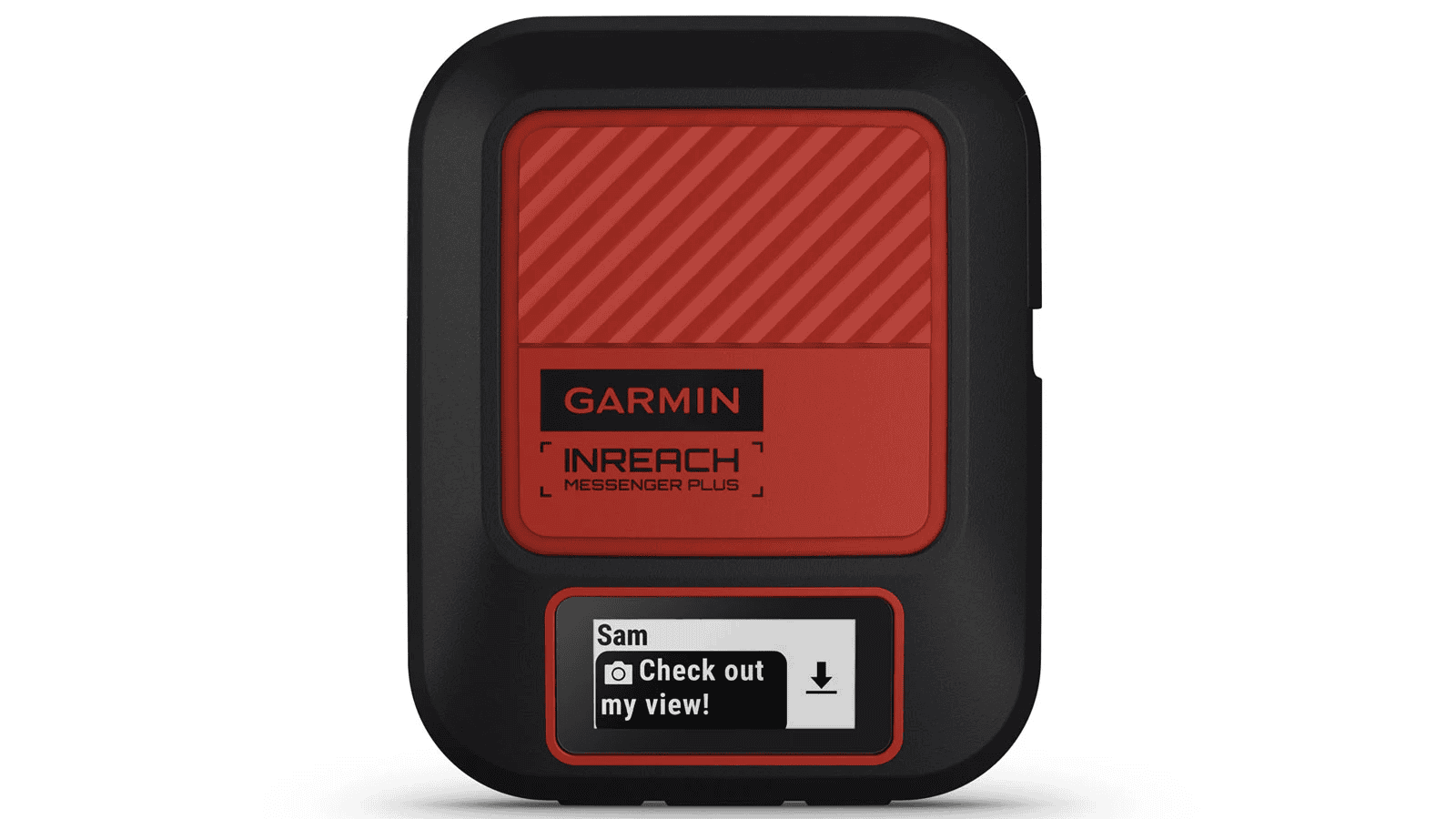
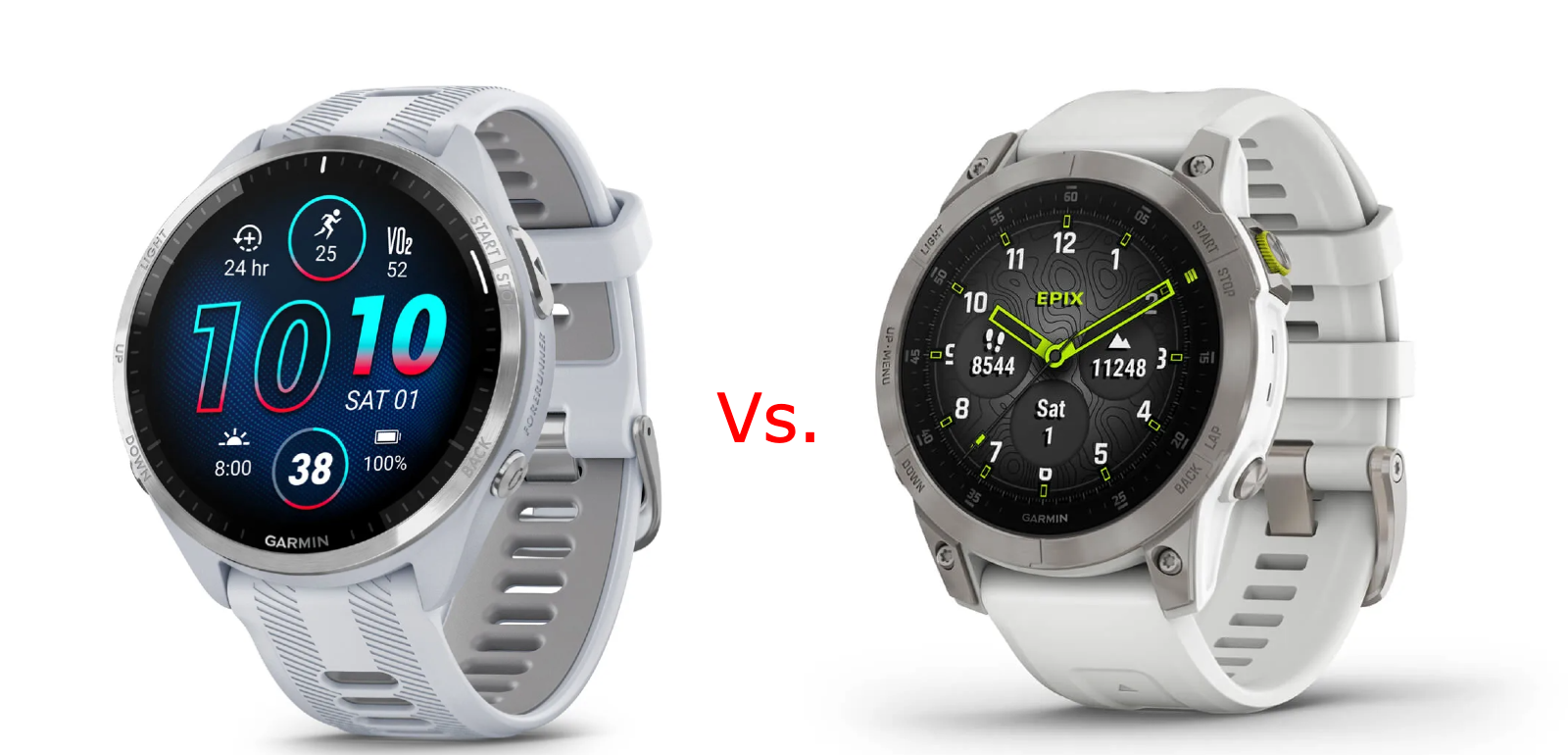



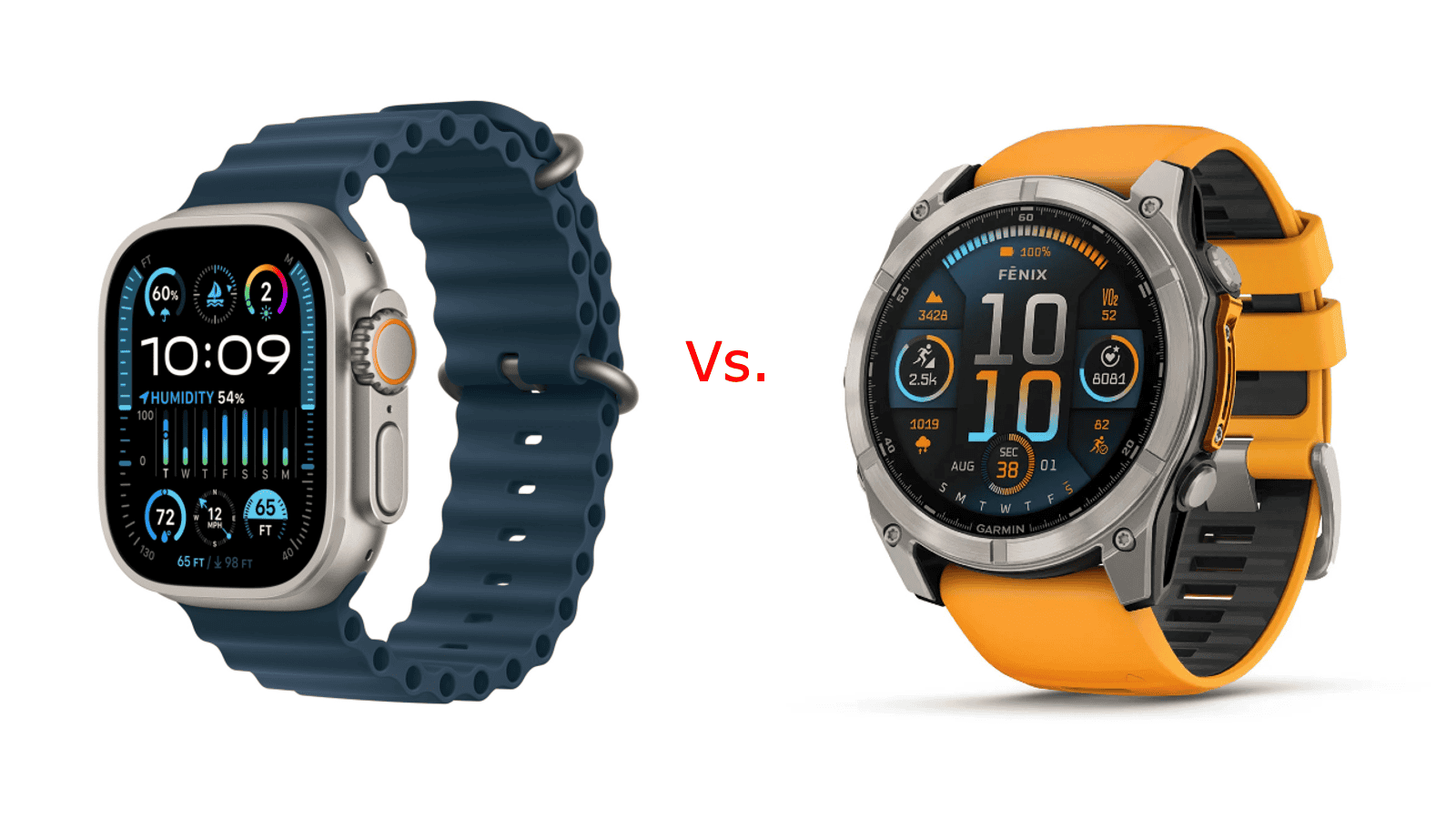
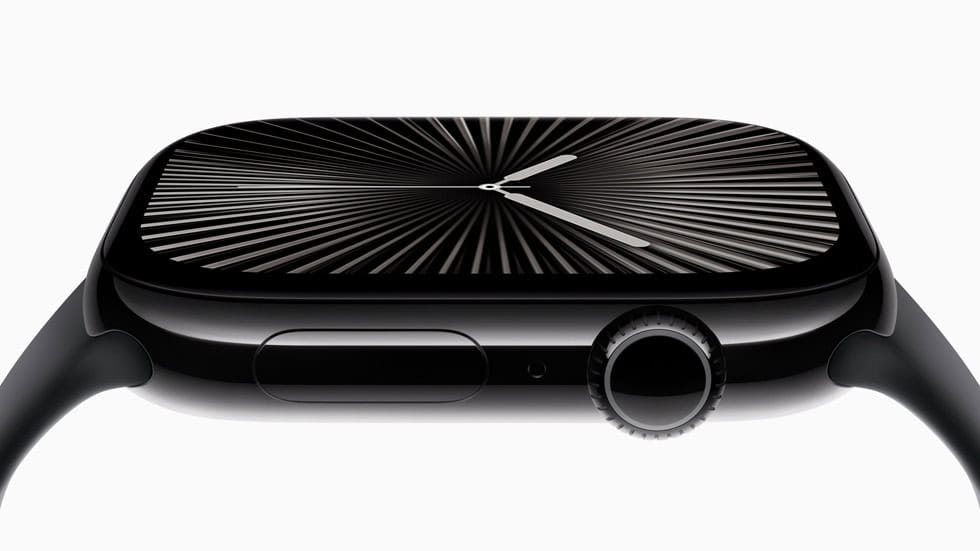

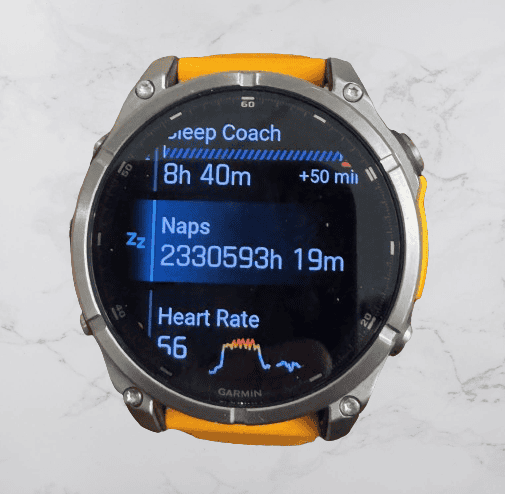
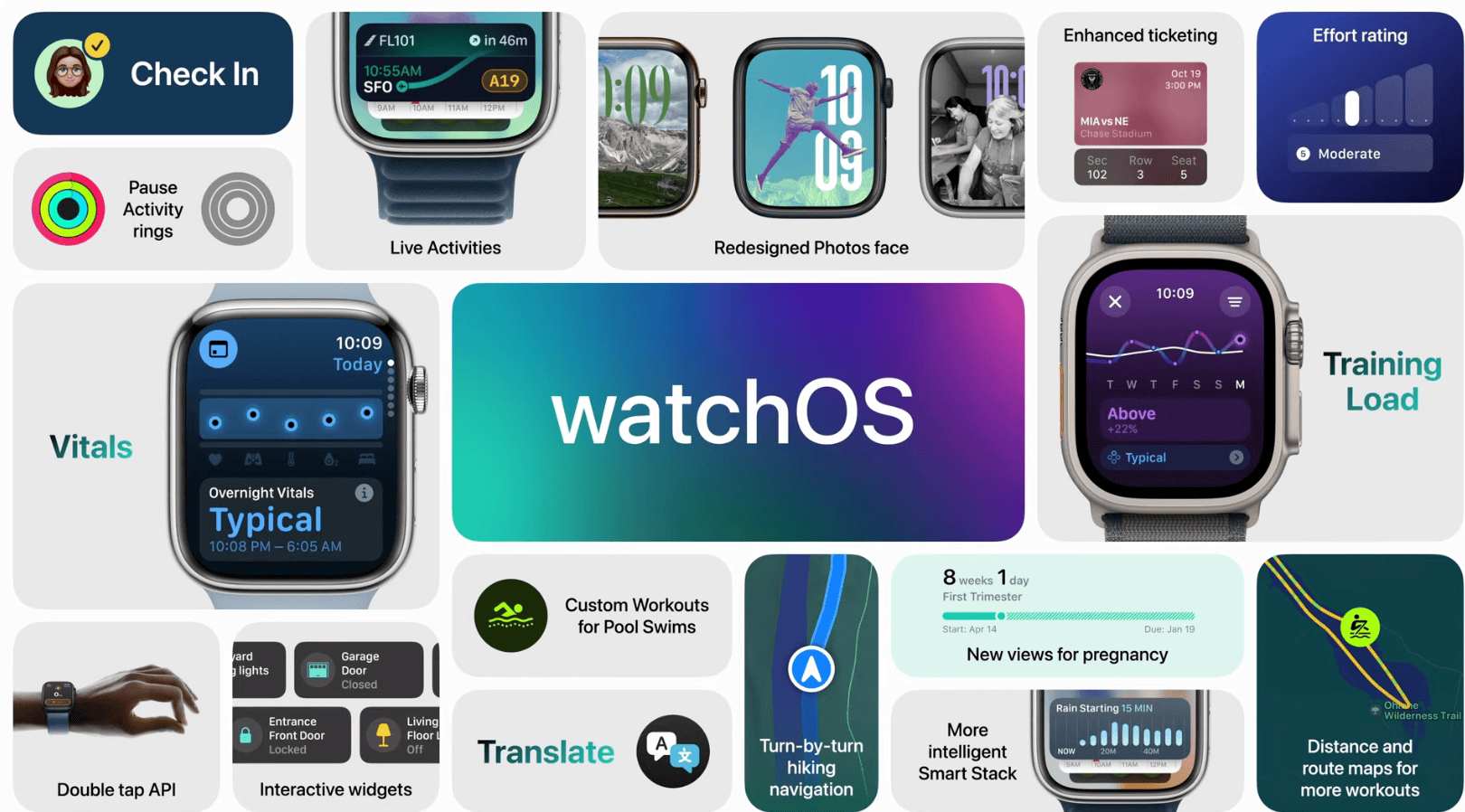
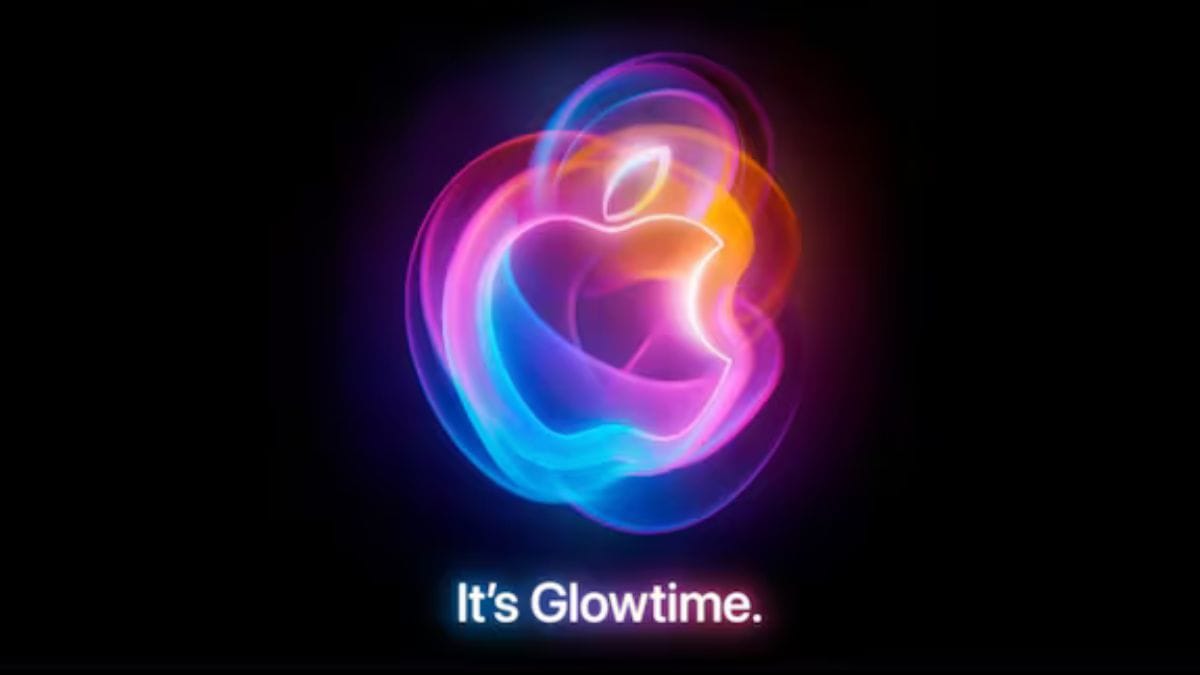

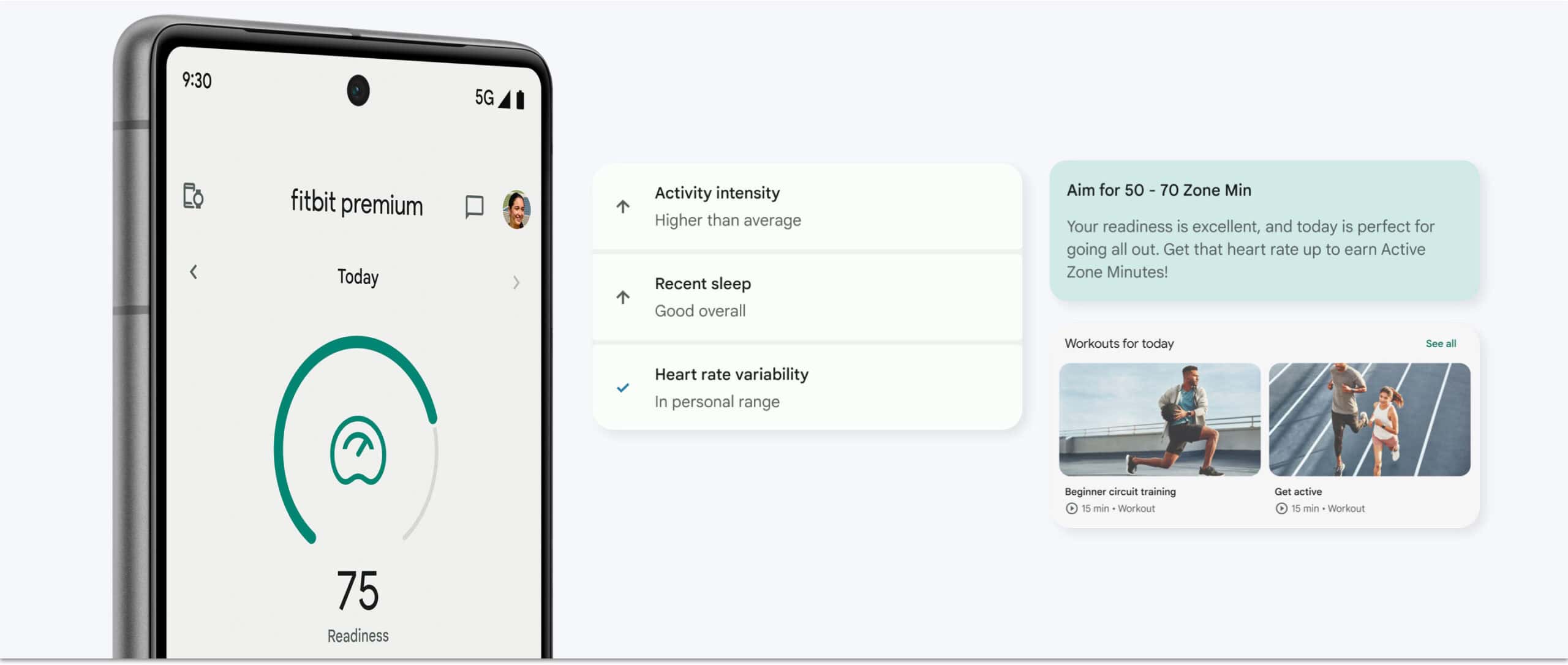



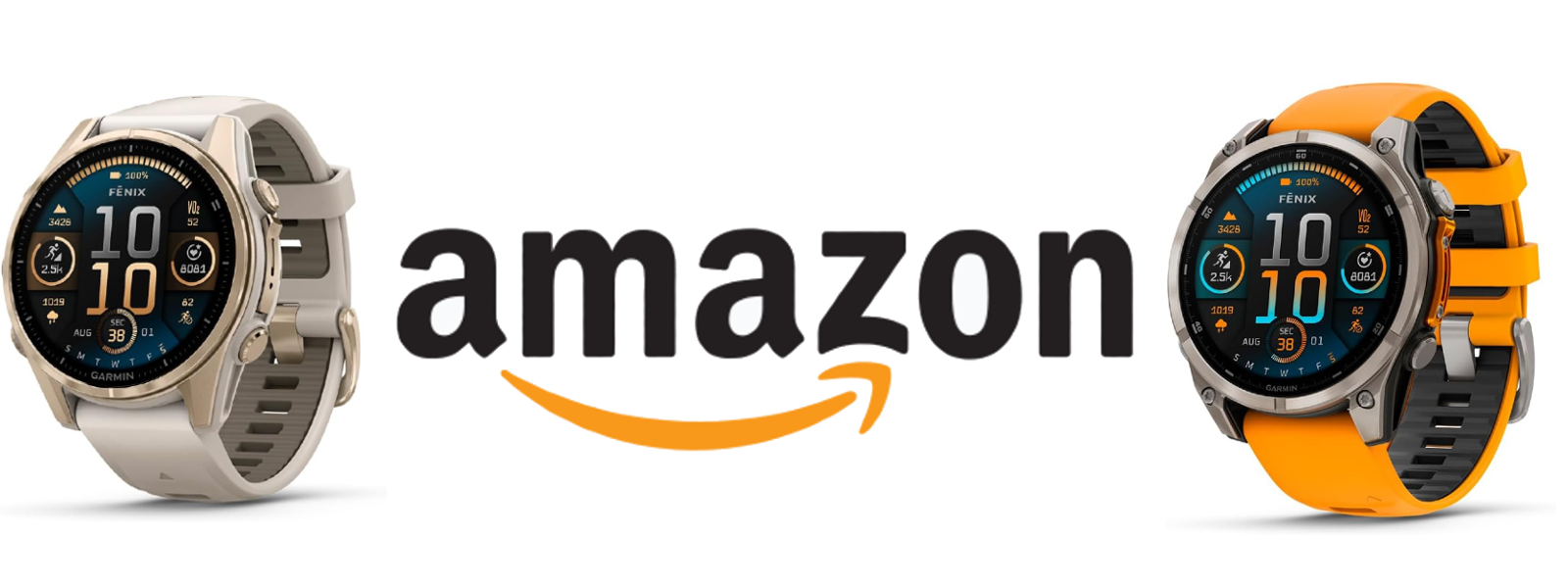
From what I can tell, it appears this isn’t apples to apples. Garmin’s reported battery numbers on the Fenix 7 Pro series were for full time multiband whereas the reported battery numbers on the Fenix 8 series have a note that it’s with SatIQ turned on in “normal conditions”. SatIQ has significant battery savings.
Interesting point, I will email Garmin and ask for more details.